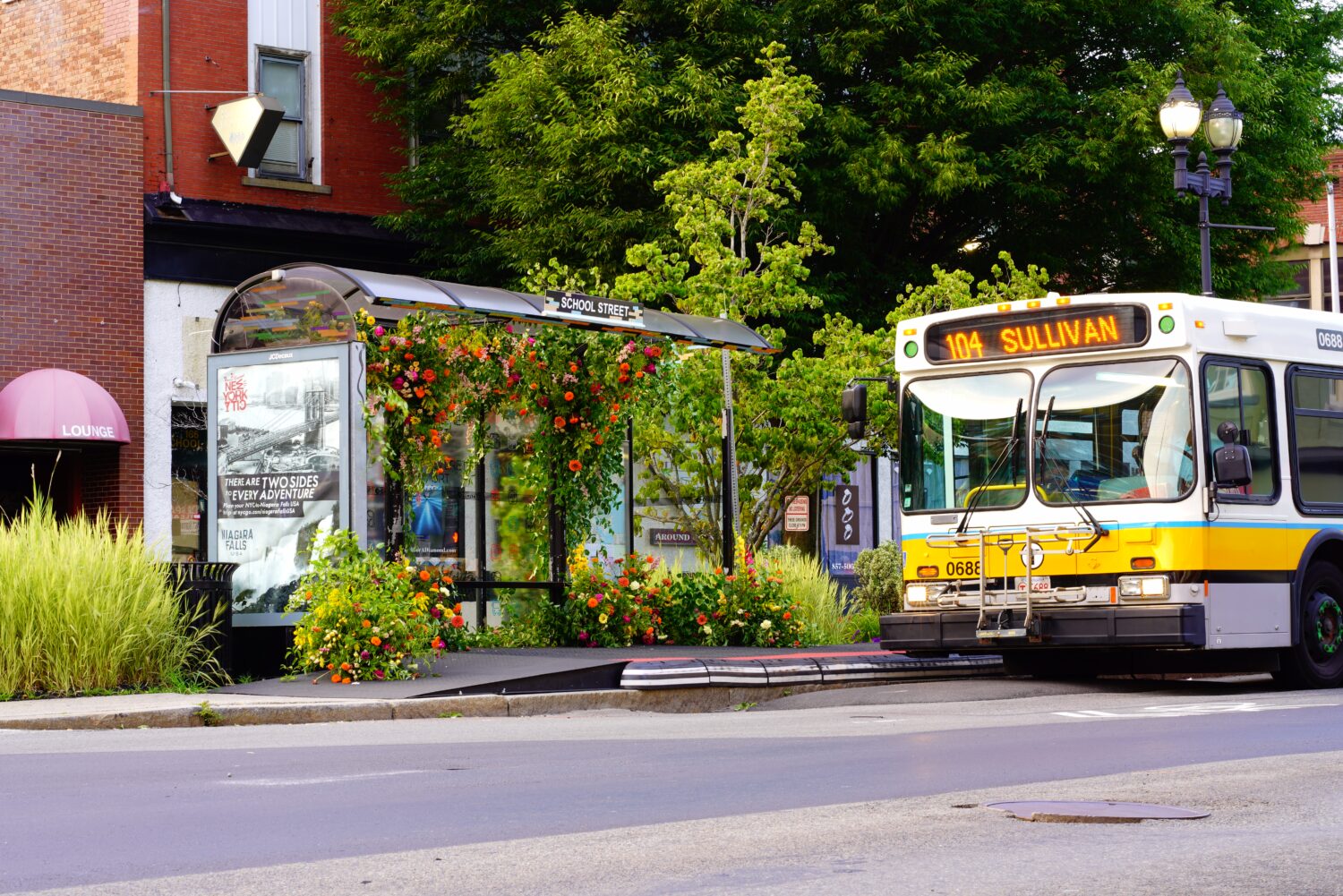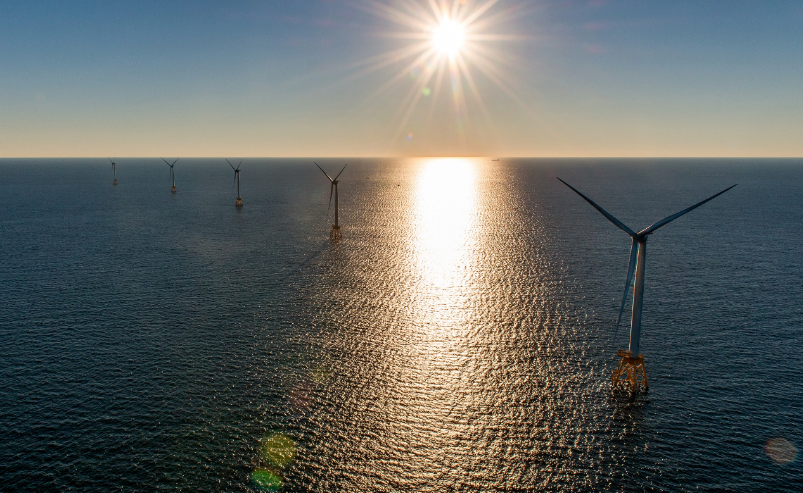This entry originally appeared on the (members-only) blog of the Environmental Grantmakers Association at: http://ega.org/blog/invisible-elephant-room-gas-leaks-and-climate.
Nearly two years ago, I started hearing about a professor doing research like I had never heard of anyone doing on greenhouse gas emissions. Professor Nathan Philips teaches in the Earth and Environment Department at Boston University (BU). He had put sensors on the roof of his office building to measure what he calls Boston’s “urban metabolism.” This is the ebbs and flows of carbon dioxide, water vapor, and methane in a city’s atmosphere. Phillips had also driven nearly every street in Boston with a methane sensor in his trunk, taking readings of gas that leaks from natural gas pipelines that run under our streets.
I had read that methane is over 20 times more potent than carbon dioxide in terms of climate impacts (see the EPA’s analysis for more on this). But I couldn’t find any good information on how big a problem this actually was. Meanwhile advances in hydraulic fracking were triggering huge increase in our reliance on natural gas – which was being aggressively touted as a “clean energy” breakthrough.
I called Professor Phillips and asked for a meeting. What I wanted to know was: how big was this problem? And why was no one was talking about it?
That initial conversation led to others and, in mid-2012, Barr provided support to Boston University and to the Conservation Law Foundation (CLF) to investigate the extent of natural gas leakage in Boston and Massachusetts and to explore potential policy solutions.
Both BU and CLF produced reports on their work at the end of November. Some of the major findings are below though the most surprising and alarming takeaway is evident in this infographic – we may be losing more ground than we’re gaining.

Major Findings from the BU and CLF reports include:
- Natural gas is escaping from more than 3300 leaks in Boston.
- Most leaks are tiny – although six had gas levels higher than the threshold at which explosions can occur.
- In 2010 Massachusetts saved 1097 million cubic feet of natural gas through energy efficiency programs. But in the same time period, Massachusetts lost more gas through leaks than it saved.
- The costs of these leaks – about $38.8 million a year – are passed on to gas customers in Massachusetts.
- Current state and federal policies provide disincentives for pipeline owners to find and fix leaks unless they are considered hazardous.
- Building new transmission lines and new gas generation would be costly. Reducing leaks and increasing the efficiency of the existing infrastructure (including gas storage) could provide a more cost-effective, environmentally beneficial means of meeting energy needs.
- There are a number of policy solutions that can be pursued cost-effectively and expeditiously, solutions that are outlined in CLF’s report.
- Almost one-third of the natural gas pipelines in Massachusetts are made of cast iron or unprotected steel, materials that are highly prone to leaks. Fifty percent of the cast iron pipelines in the U.S. are concentrated in Massachusetts and only three other states: New Jersey, New York, and Pennsylvania, where this issue deserves a much closer look as well.
For more information, visit:
Conservation Law Foundation – “New Report Shows Lost Natural Gas Emissions Costing Millions To Massachusetts’s Gas Customers And Harming Environment”
Boston University – “Boston’s Street-Level Gas Leaks: 3300-Plus”
Living on Earth Public Radio International – “Rampant City Gas Leaks”
In a related report issued by the Analysis Group, Paul Hibbard – former Chair of the Massachusetts DPU – and Craig Aubuchon describe a benefit-cost model they used to quantify the benefits of reducing gas leaks through expanded utility pipe replacement programs. Reducing leaks generates economic benefits by (1) reducing the amount of gas that utilities buy and charge ratepayers for, and (2) reducing the social impact of higher greenhouse gas emissions. The authors quantify significant benefits under a wide range of assumptions, and compare them to the cost of utility pipe replacement programs.




